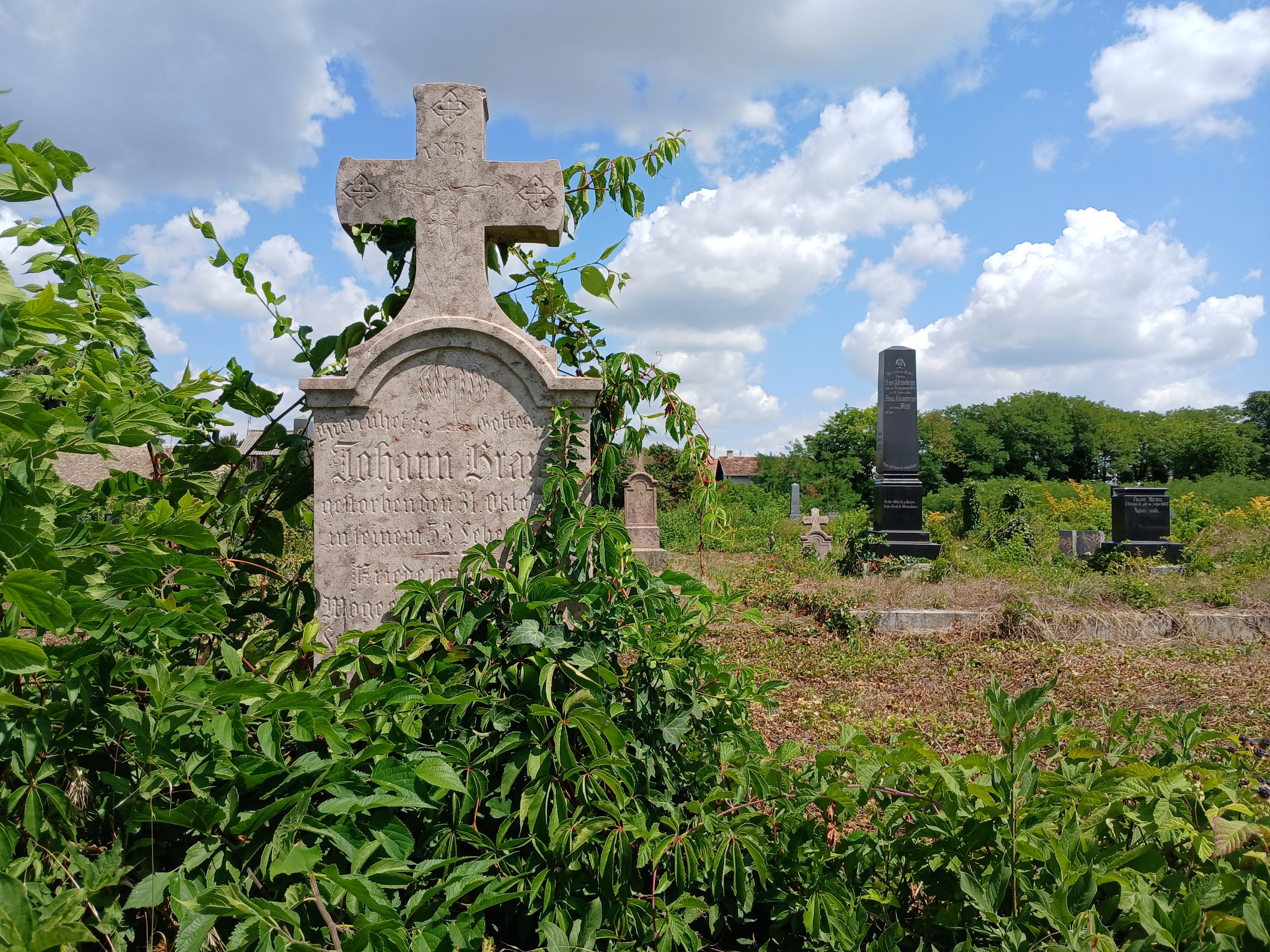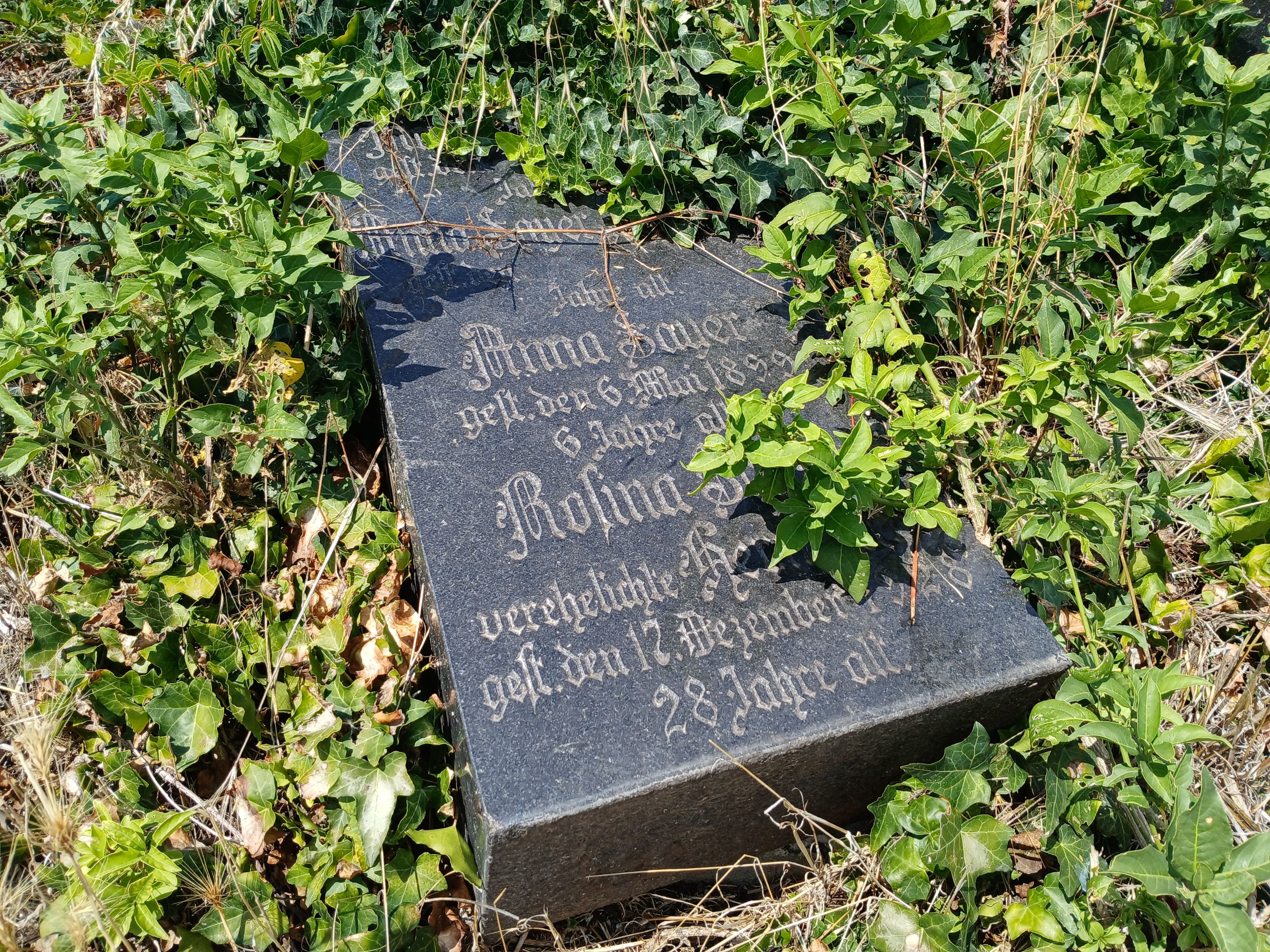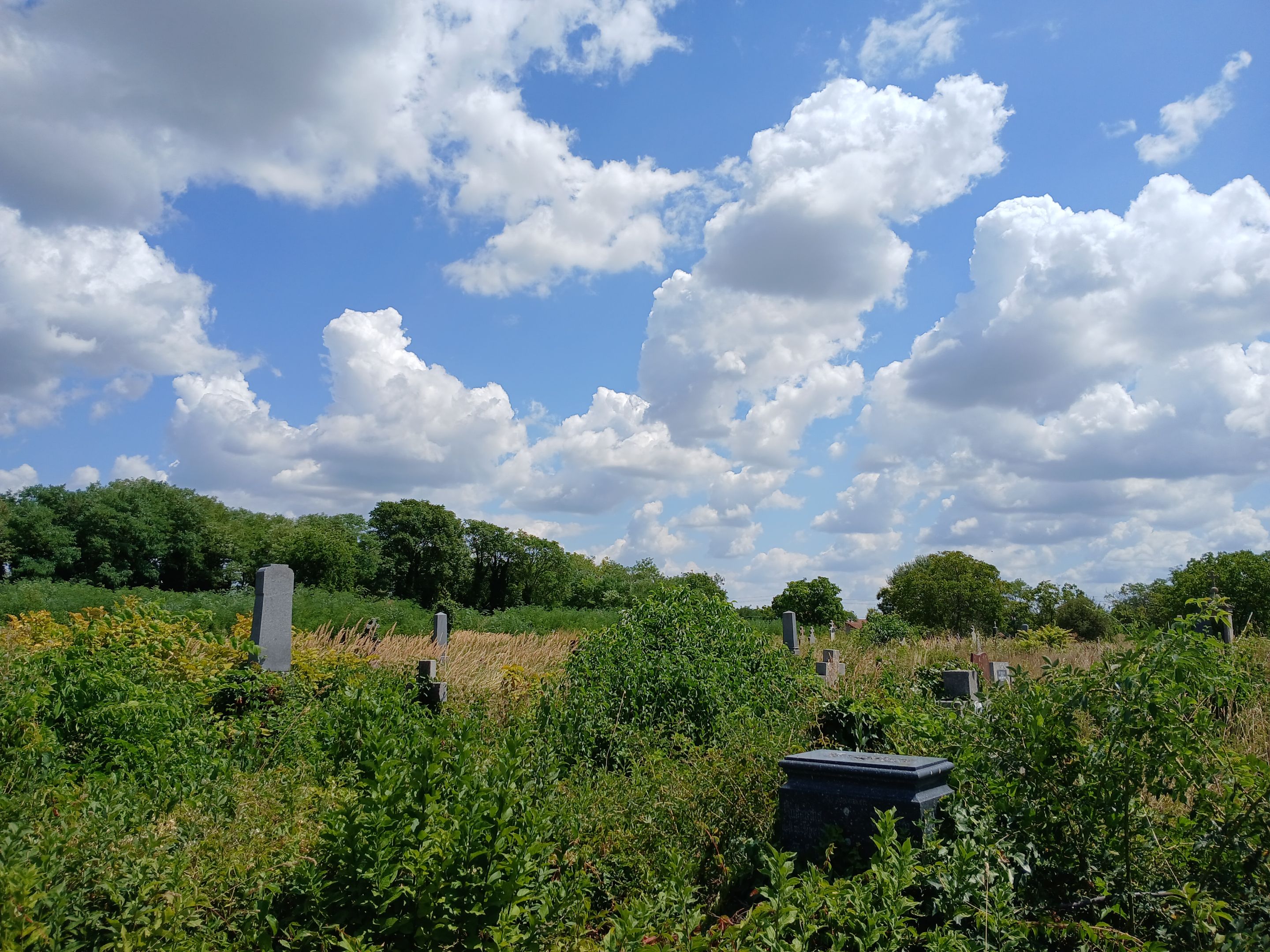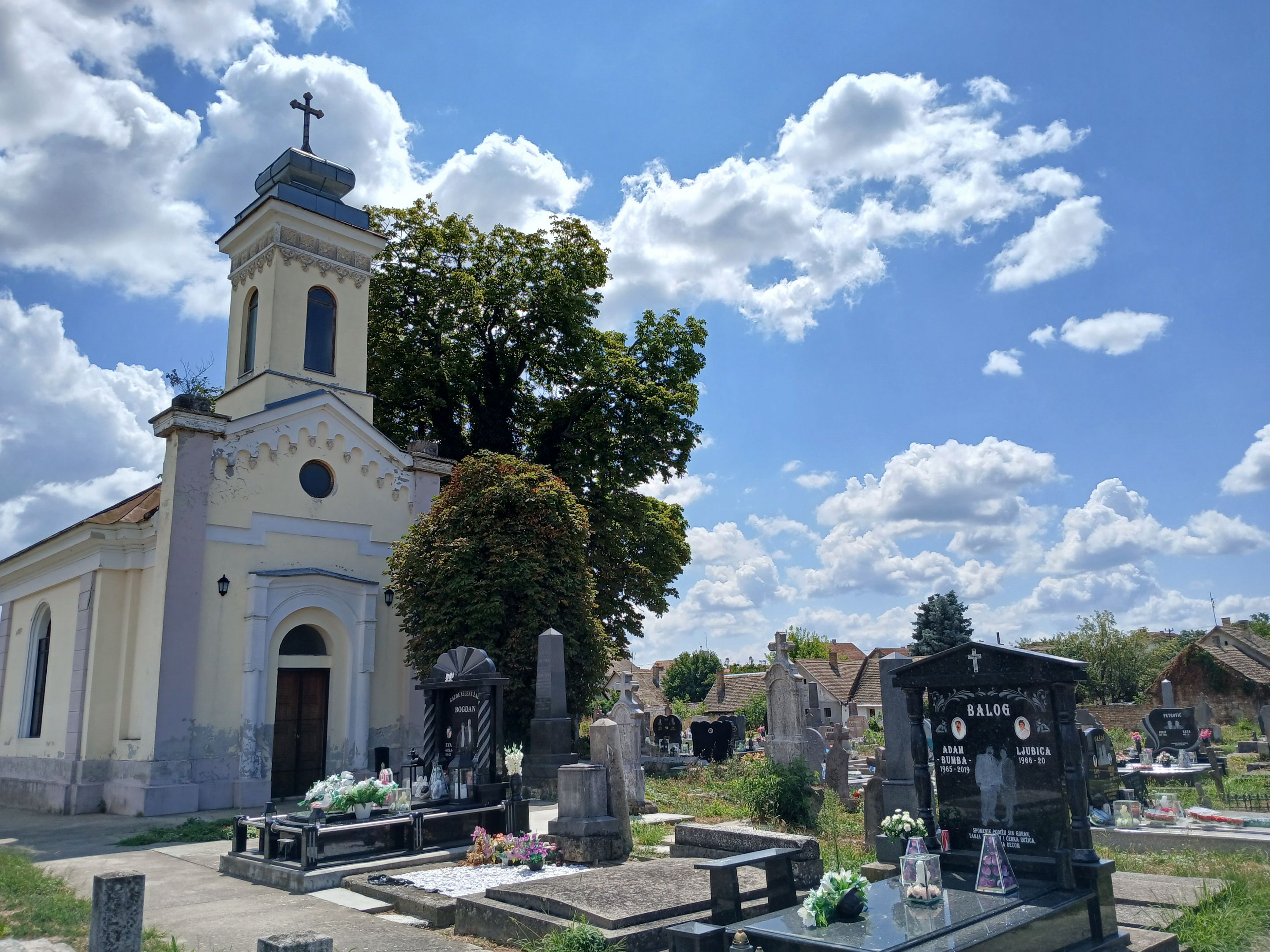
It was Wednesday, exactly a week ago. I had planned to visit my aunt who lives in another city, but my husband had not been feeling well for several days, so I took him to the emergency room that morning because his condition was not improving. The trip was cancelled, and fortunately, my husband showed some improvement after receiving the treatment. I then went to my parents' house for a little while to inform them of the situation and to make plans for the afternoon.
On my way to them, I passed a cemetery. It is the Catholic cemetery of this town, as I believe it is officially called, but we often refer to it simply as the small, or lower cemetery. There is another cemetery, the large municipal cemetery, which I visited with my mom that same afternoon to visit the graves of my grandparents and great-grandparents, and to clean them and work around them.
I couldn't resist the temptation when I passed this place - I got off my bike and pushed it into the cemetery. From there, I walked among the graves.
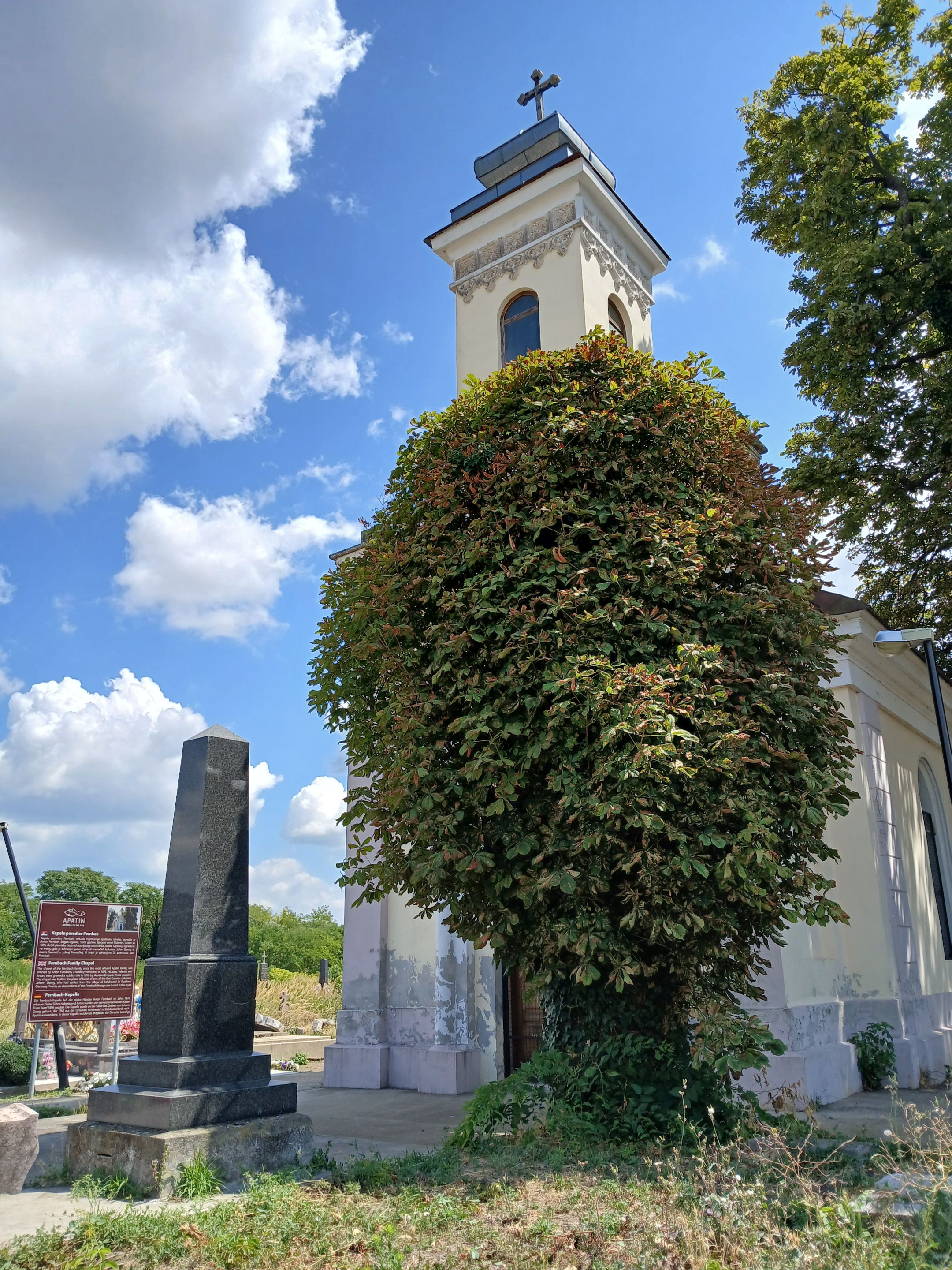
*
Fernbach Family Chapel
*

Despite the fact that this cemetery is small, it has two chapels with crypts in their basements, and a church with two towers located across the road from the cemetery. That is, there is a road that you have to cross, so it is not an integral part of the cemetery, but without a doubt, the church was built right there because of the proximity of the cemetery.
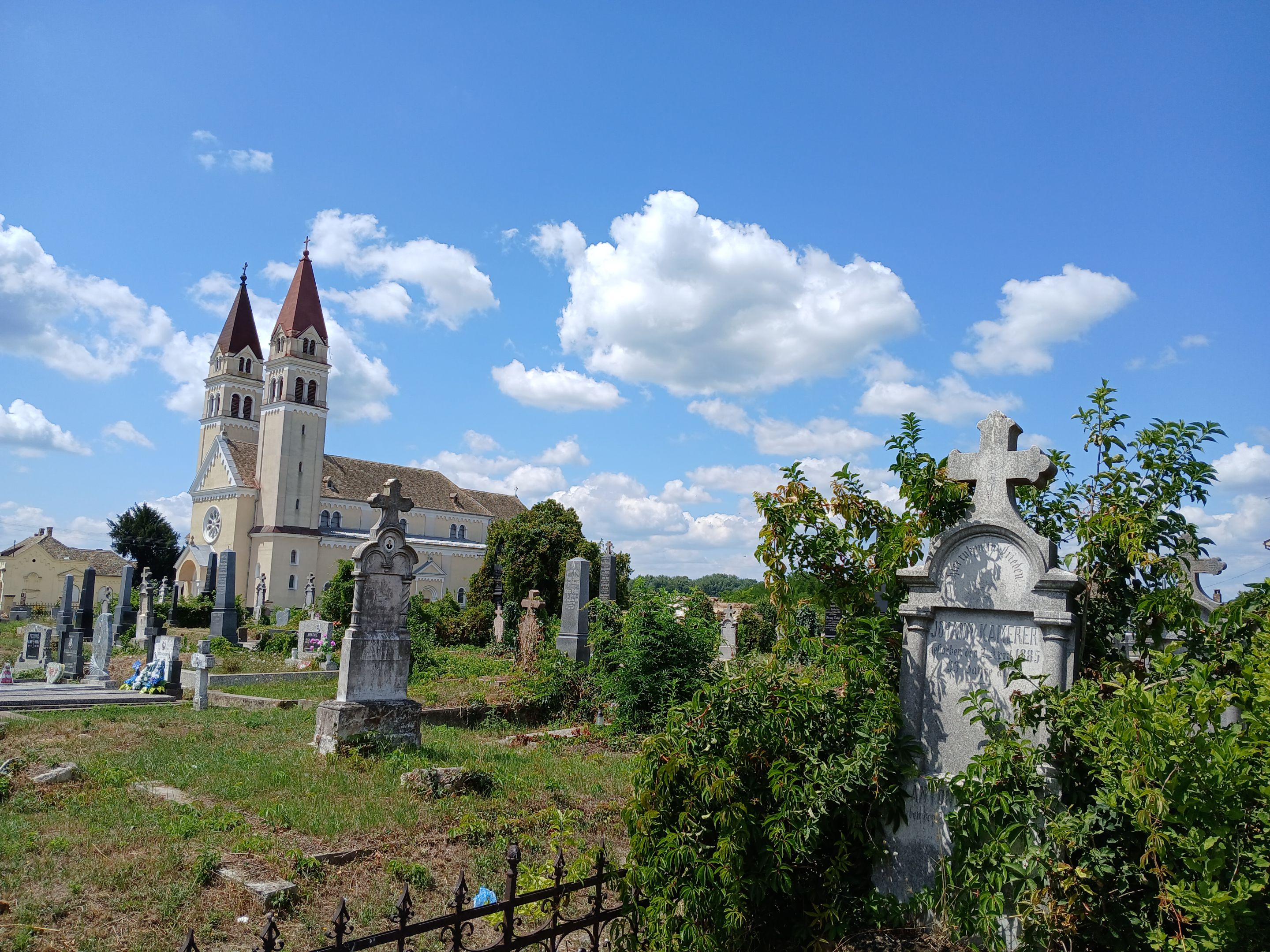
*
Church of the Heart of Jesus
*

People usually call it just the church with two towers, but its name is Church of the Heart of Jesus, built in the 1930s. My grandmother used to talk about it when I was little. Social, cultural and religious life in those years was diverse and firmly rooted in families.
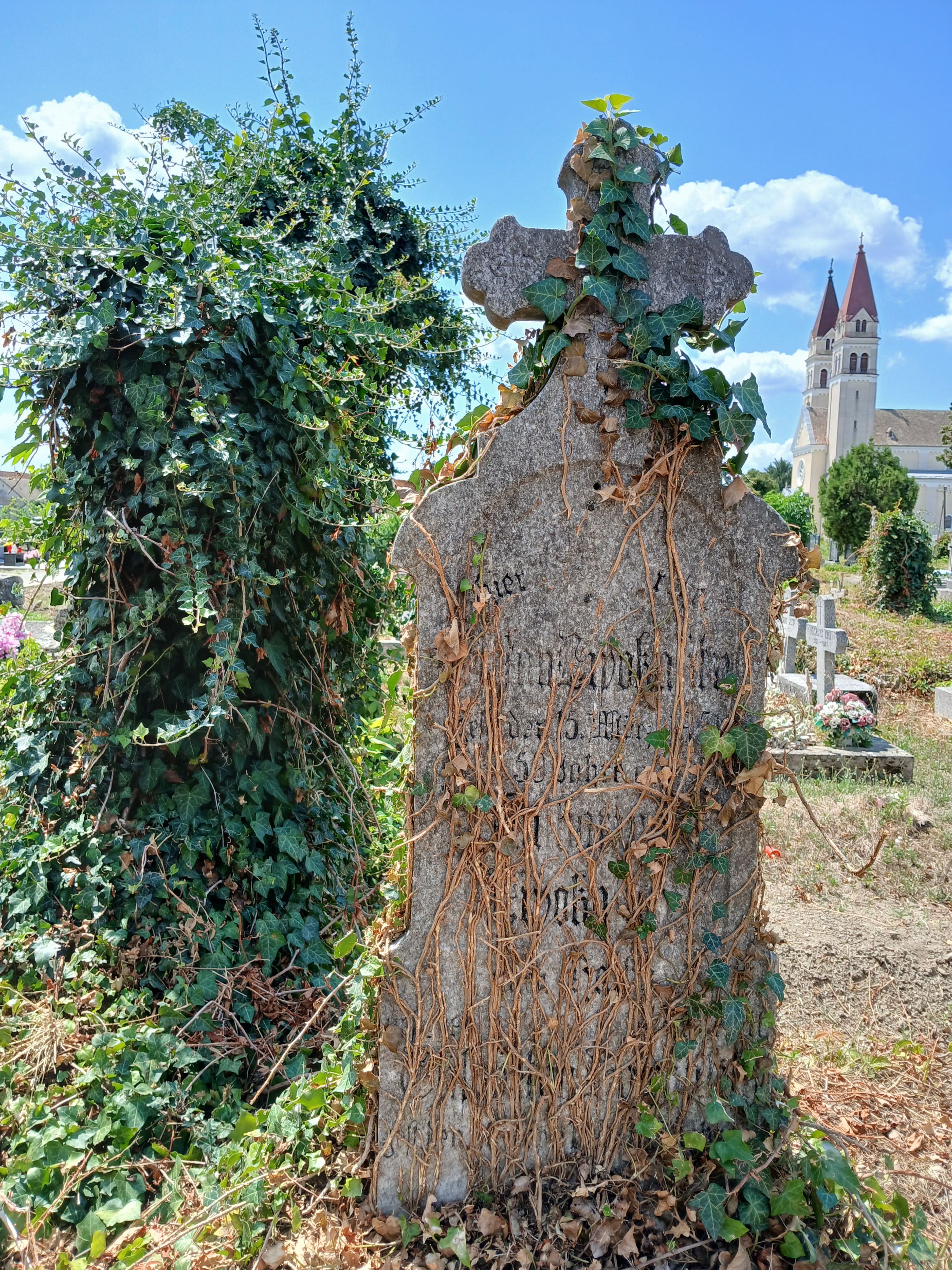
This cemetery was maintained and actively used for burials until about the middle of the last century, until changes in the population of this city occurred during World War II. Unfortunately, most German families left these areas, many not of their own free will.
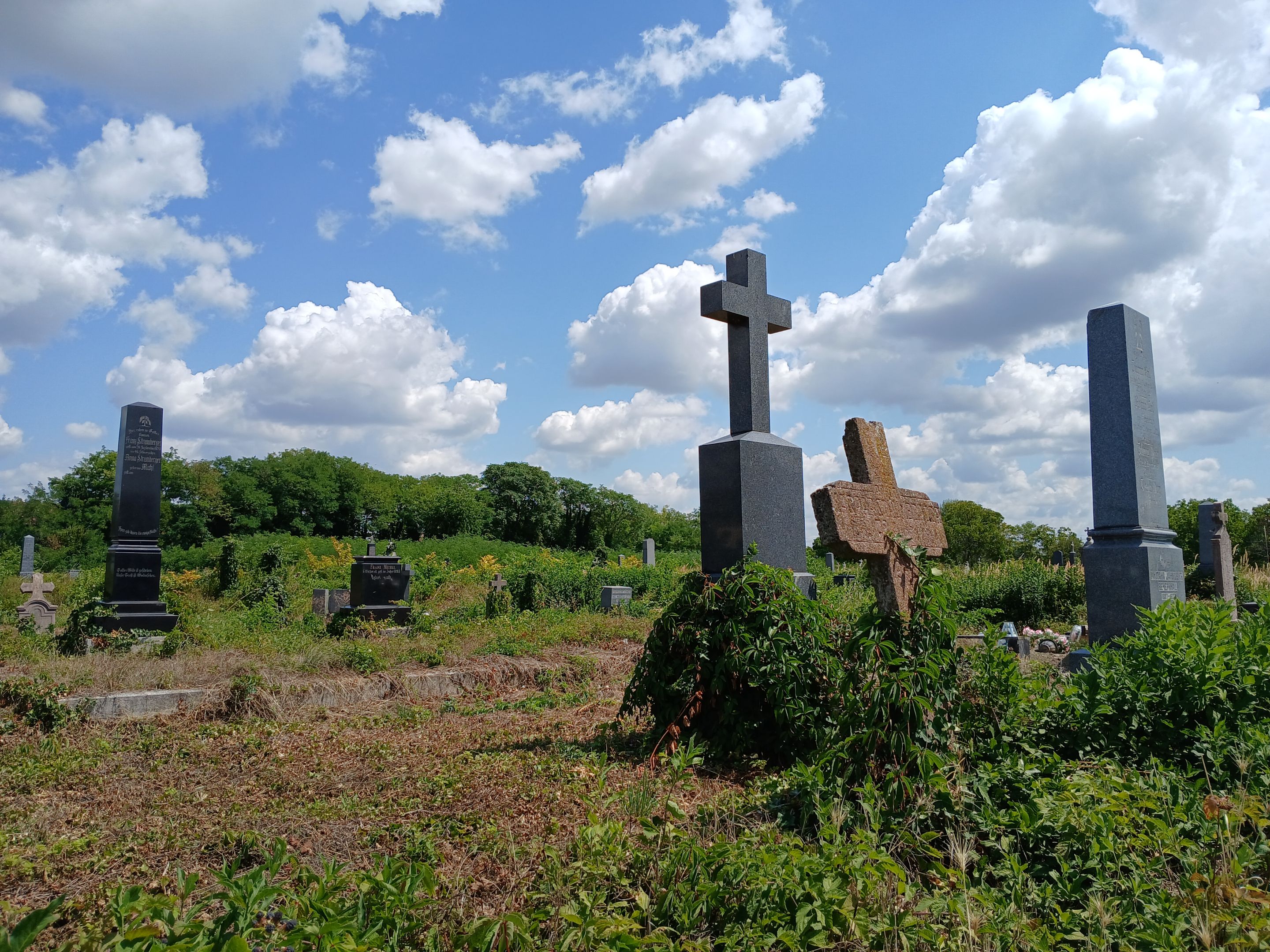
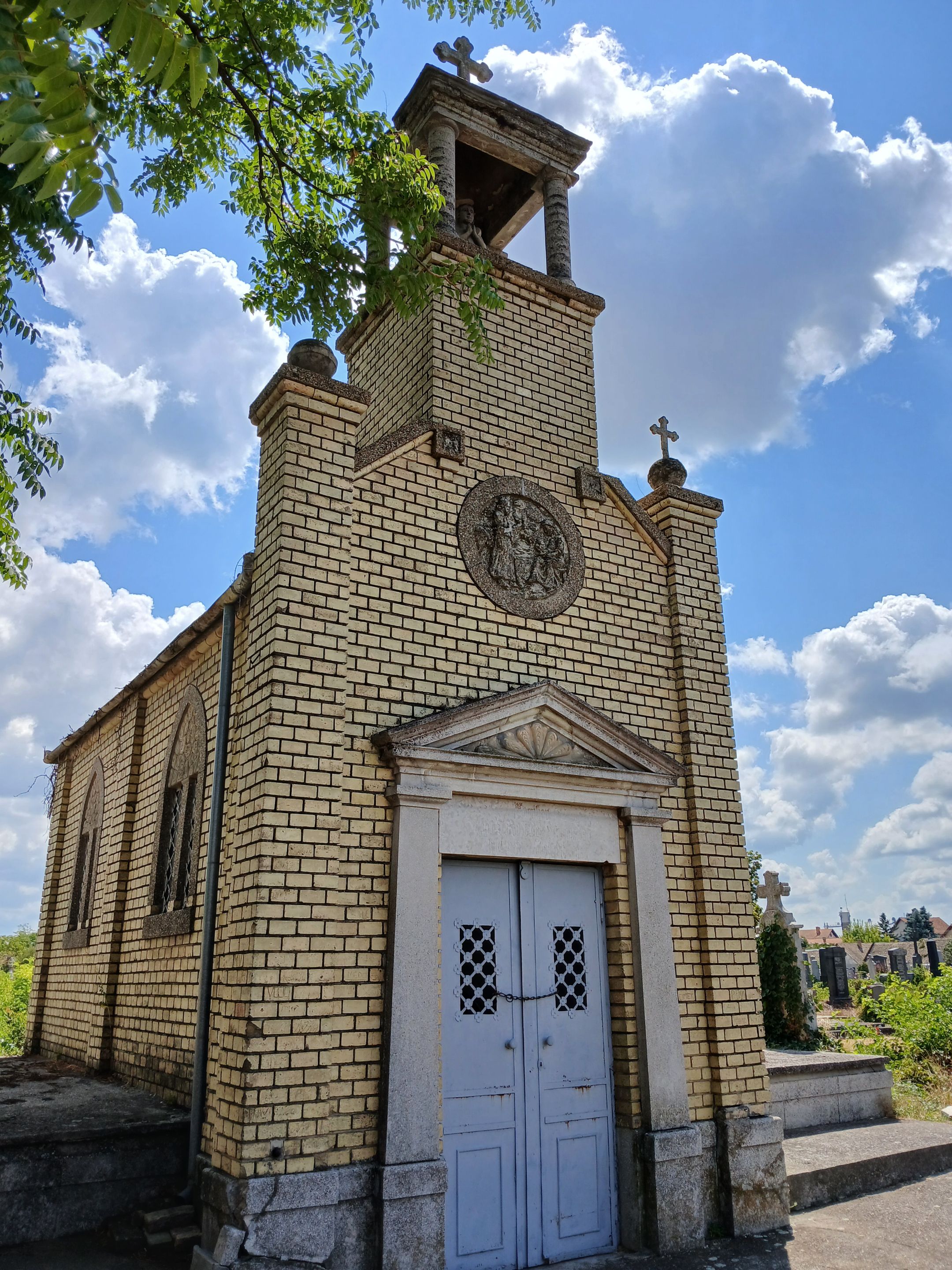
*
Another family's chapel, with a crypt.
*
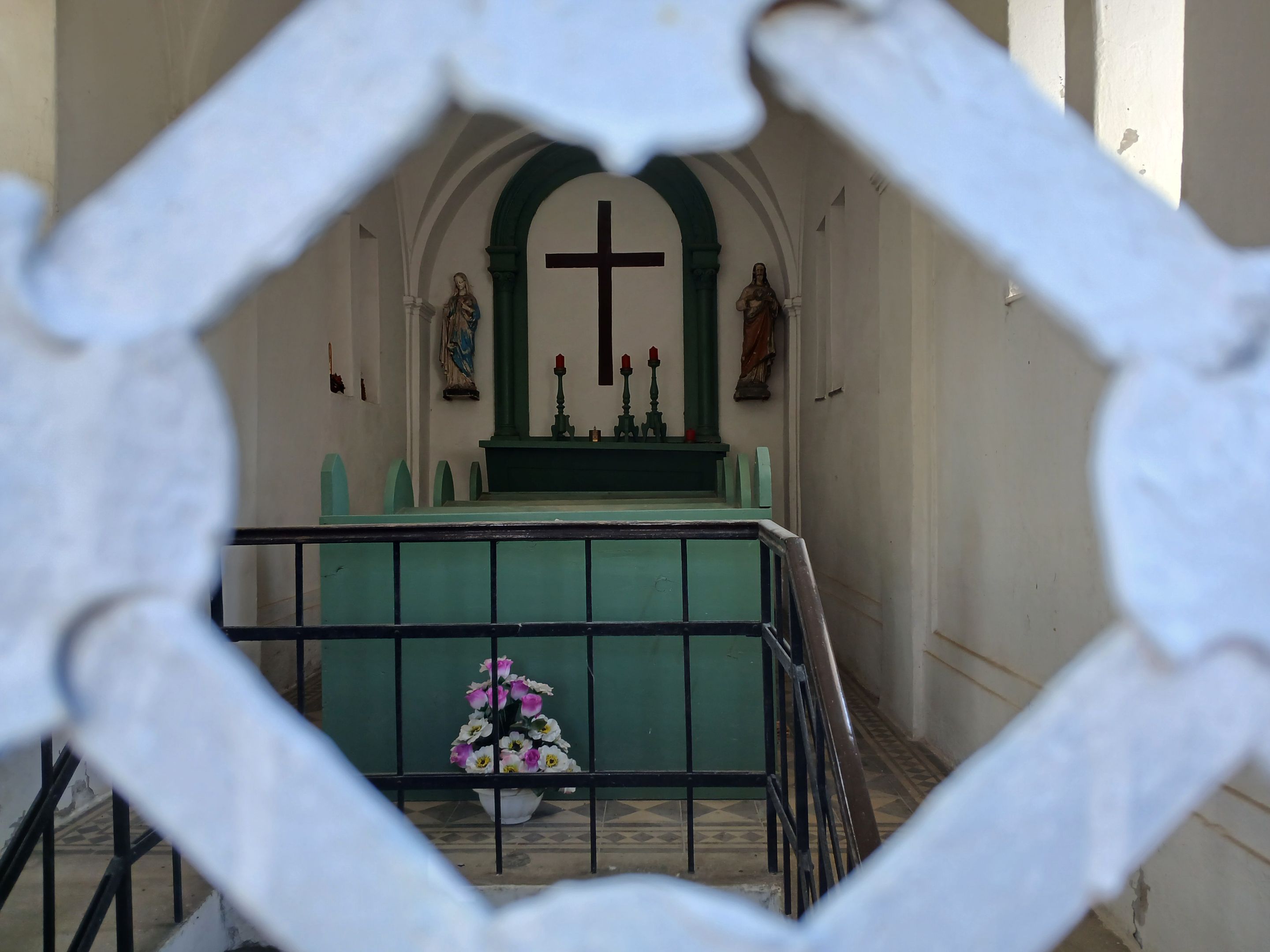
I think the cemetery has started to be used again for burials when the German families left, mainly for members of the Gypsy community. Still, the majority of graves are from that remote past, written in German. The most dates I saw were dating back to the end of the 19th century and the beginning of the 20th century.

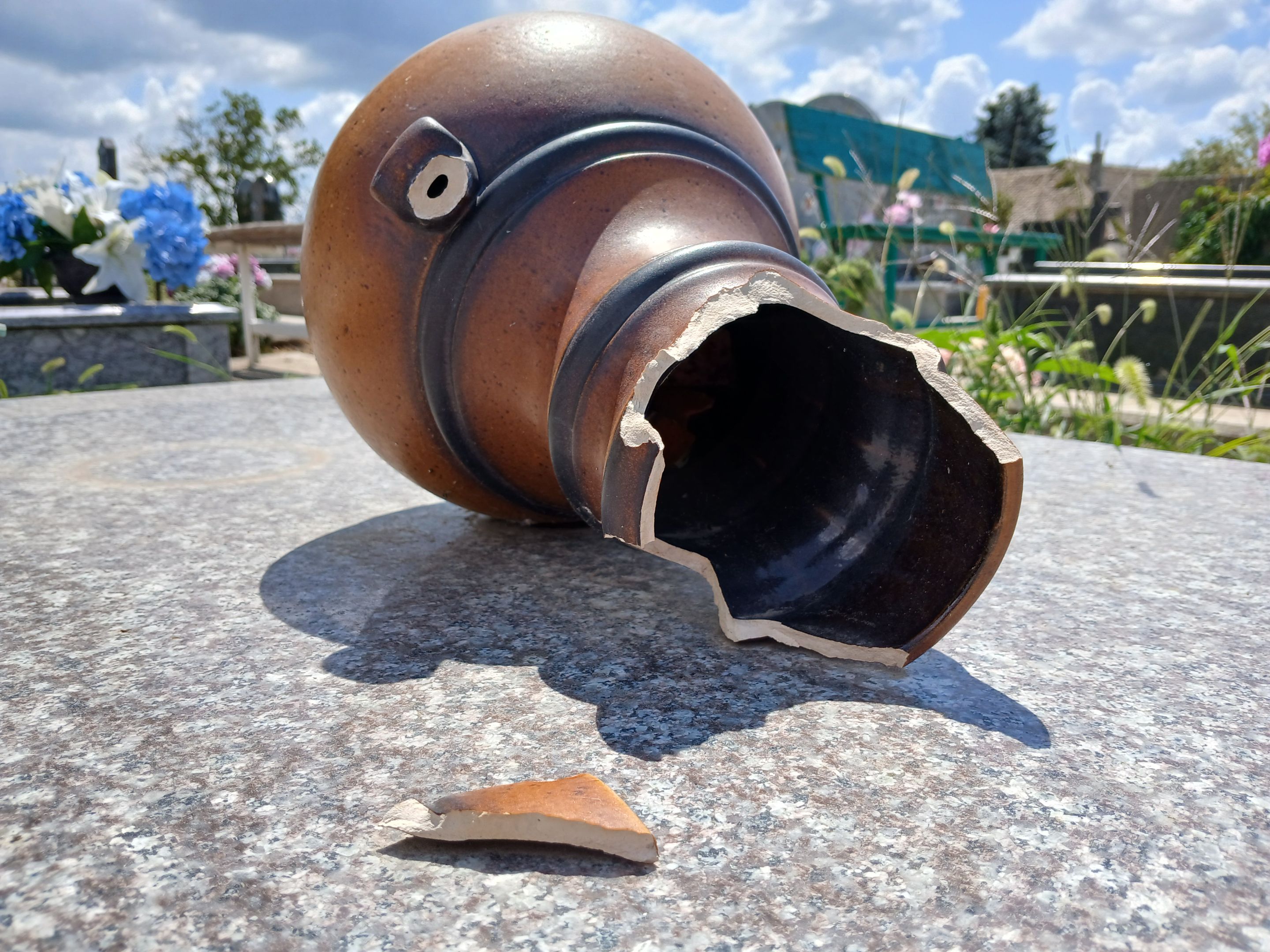
Since there aren't many descendants of these souls buried here in these areas, and there is no one to maintain the graves, this cemetery seems a bit neglected, abandoned.
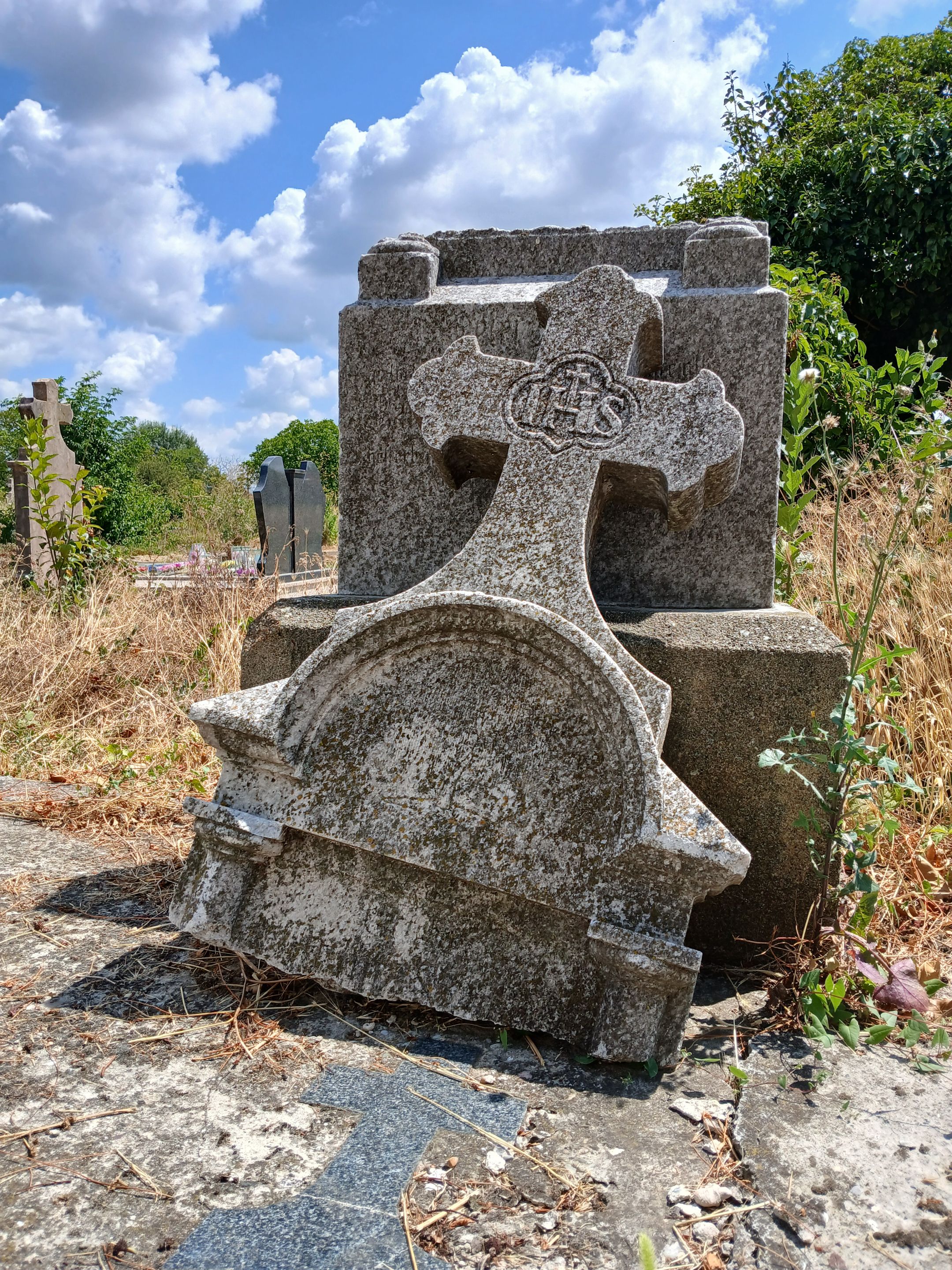
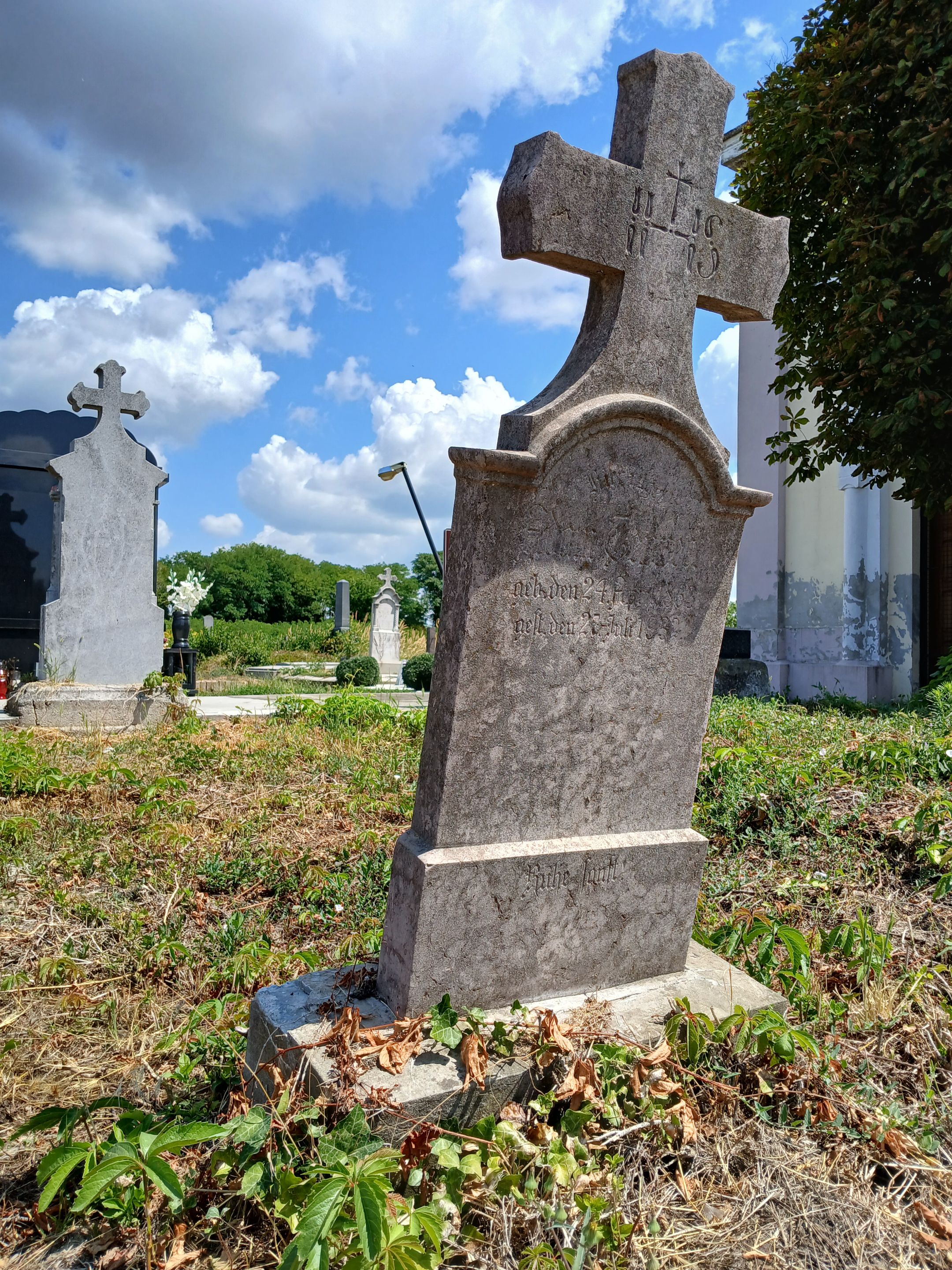
In some parts, it is so neglected that, if you don't know where you are, you would hardly even realise you are in a cemetery. Tall grass and bushes are growing, or should I say, just some graves are growing among the grass?
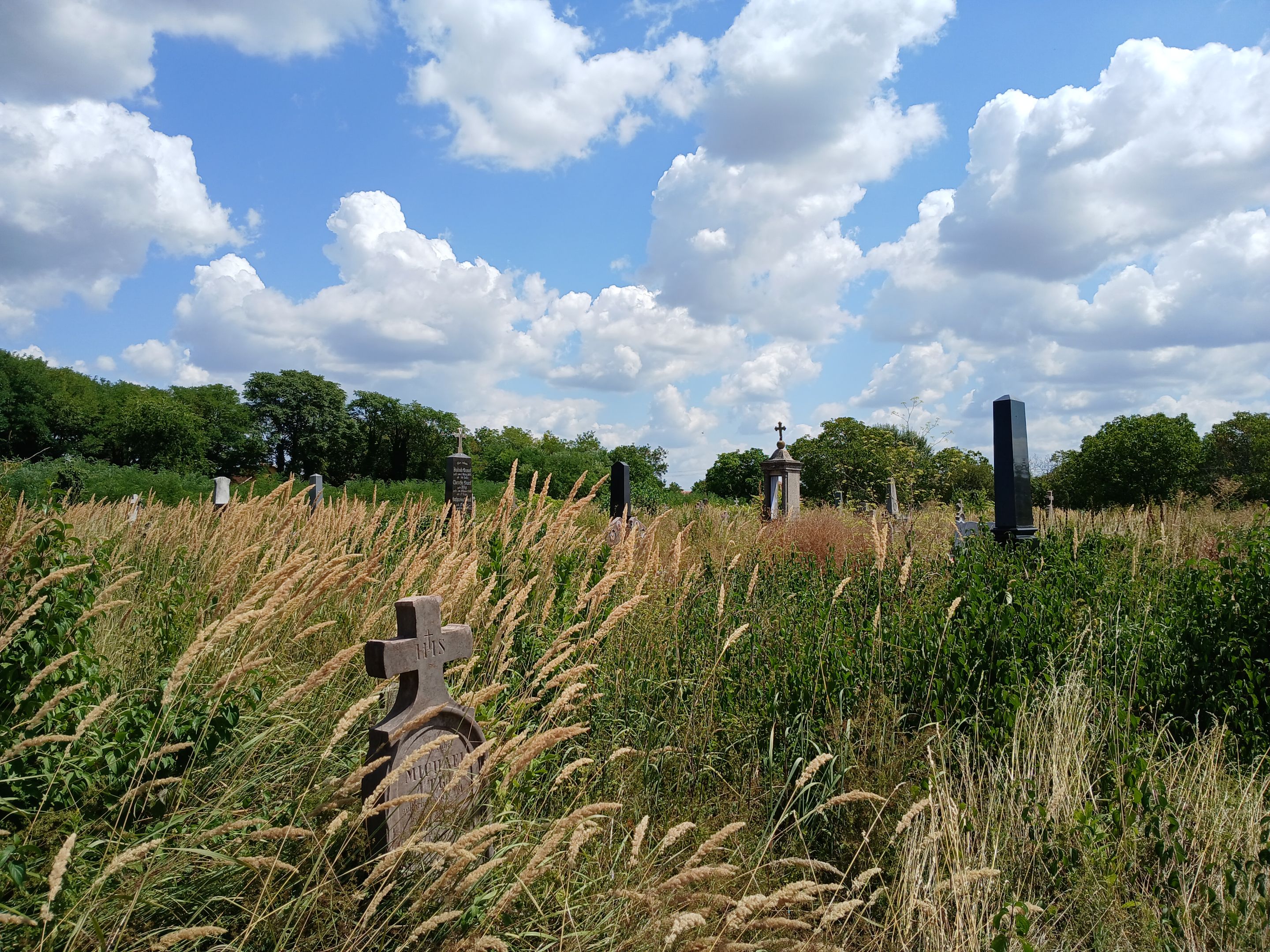
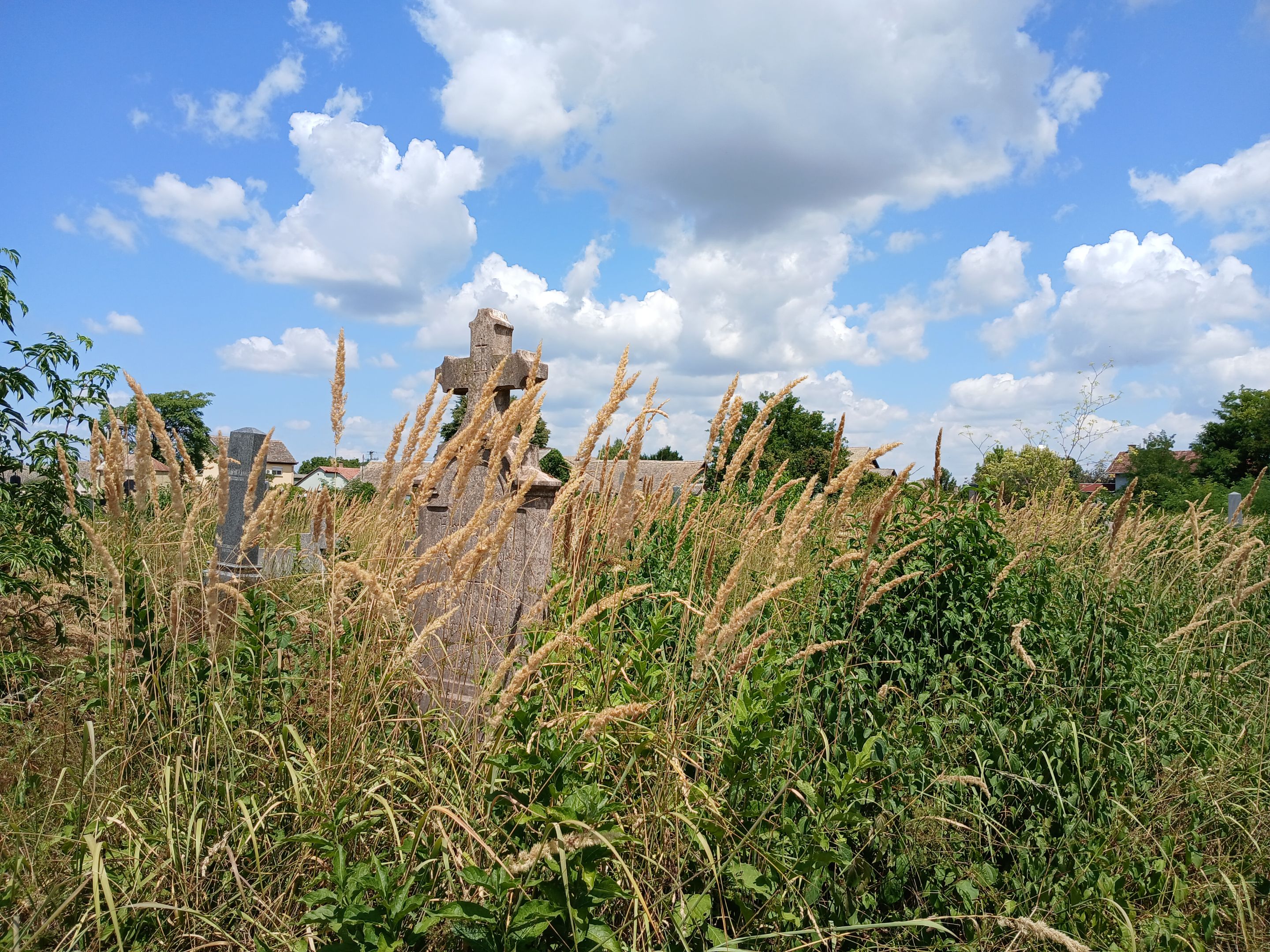
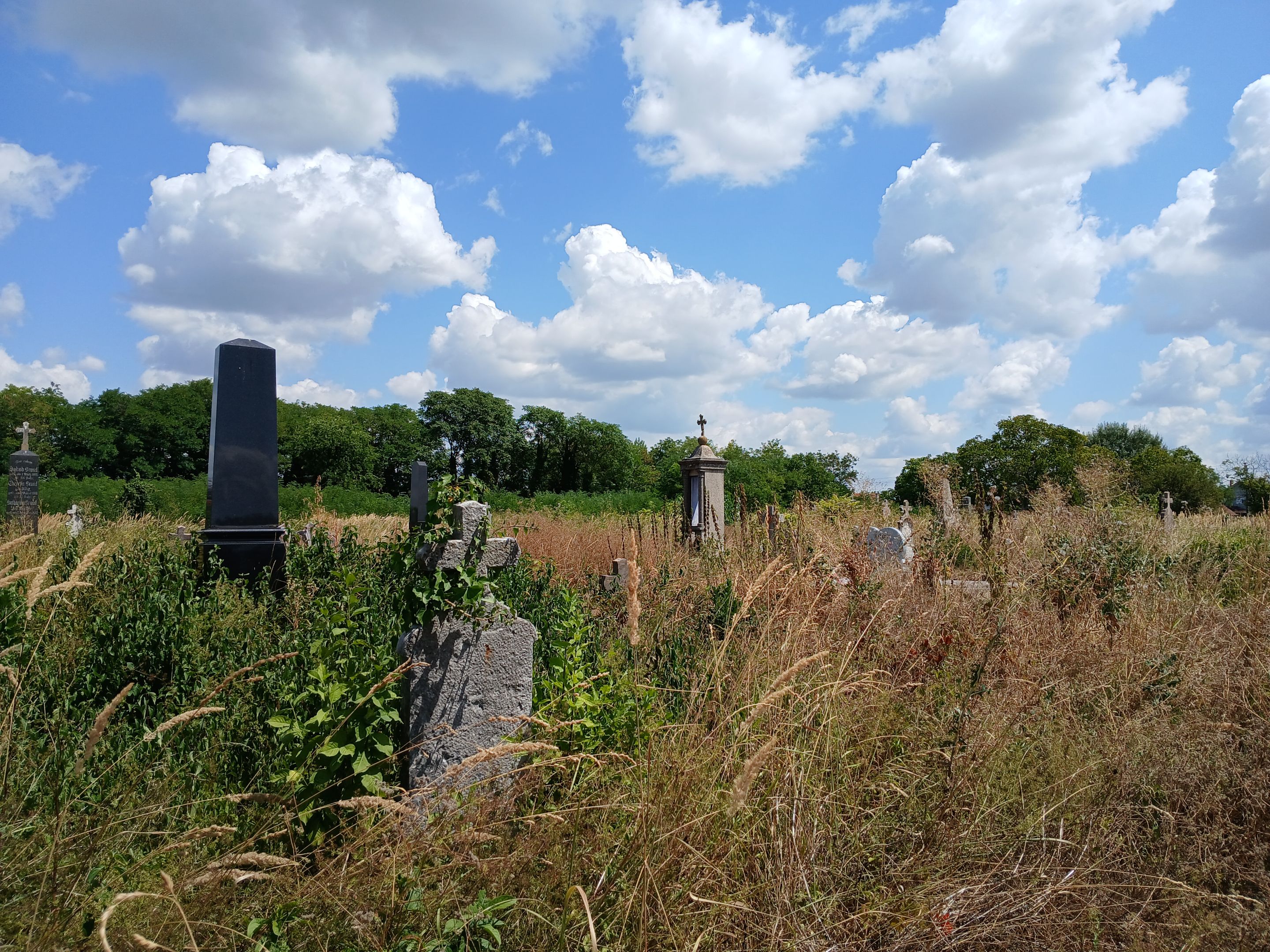
That is how it seems... but still, I have found a lot of beauty in this part of the cemetery. So serene and calm, I hope the souls here rest in peace and balance with nature.
